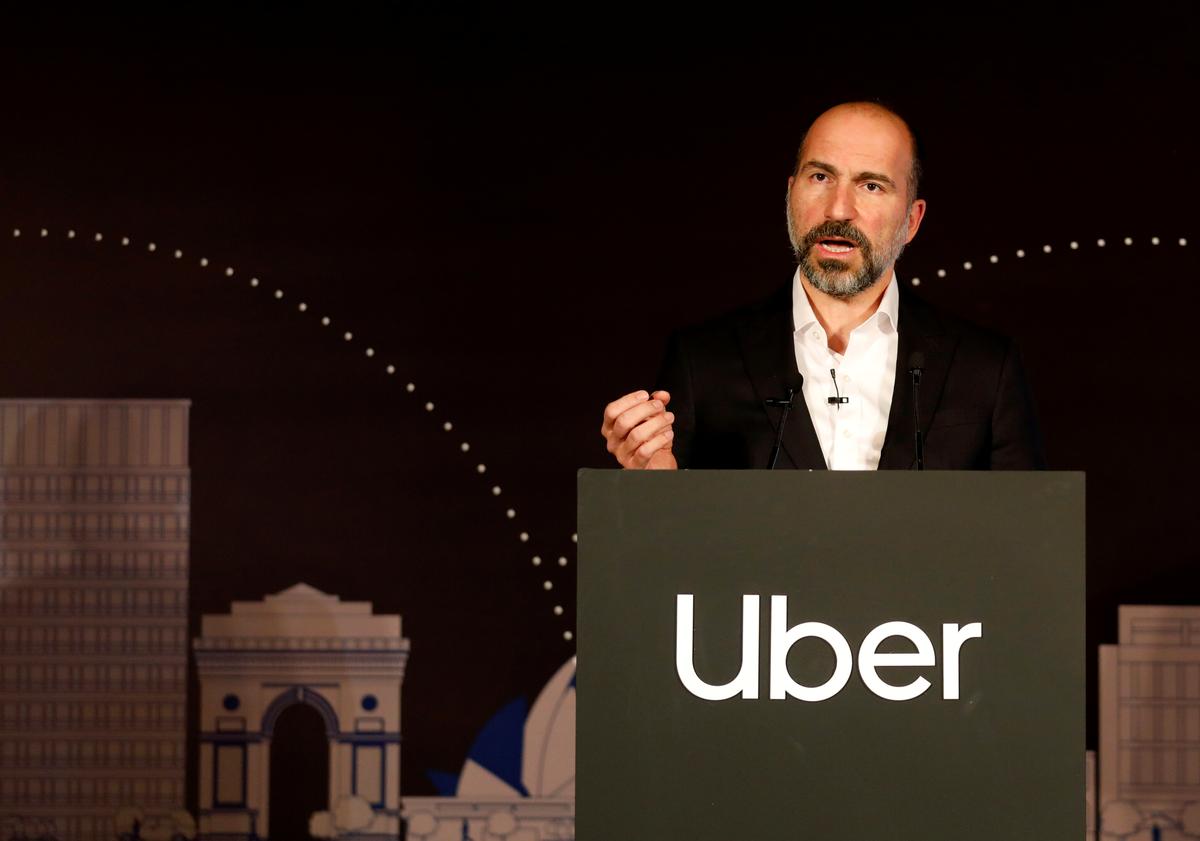NEW DELHI (Reuters) – Uber (UBER.N) pinned its growth over the next decade on developing markets like India on Tuesday, despite the problems it has faced in establishing itself in China and Southeast Asia.
India is a very competitive market with demanding consumers but its “profitability characteristics” are improving, Uber chief executive Dara Khosrowshahi told reporters on Tuesday.
“If I look at Uber’s growth over the next 10 years it’s going to be defined by markets like India, Africa, the Middle East more so than the developed markets such as the U.S. and Europe,” Khosrowshahi said.
While the United States is Uber’s biggest market, it faces stiff competition from local rival Lyft (LYFT.O).
Uber, which in August reported a second quarter loss, has not yet said when it expects to make a profit. It is trying to convince investors that growth will come not only from its ride services, but from other logistics and food delivery services.
Last year Uber said it would increase its investments in India after it sold its Southeast Asia business to Singapore’s Grab Holdings. And in March Uber agreed to buy its Middle Eastern rival Careem.
While Uber now operates in about 40 Indian cities and the country accounts for an estimated 11% of its global rides, it is struggling to grow its food delivery business, despite offering increased incentives, in the face of intense competition with more established, local rivals Zomato and Swiggy
Asked about Indian government concerns about a switch to ride-sharing companies like Uber and rival Ola causing a slump in car sales, Khosrowshahi said this reflected a global shift.
“For the newer generation the dream isn’t to own a car, the dream is to have freedom. To essentially have any kind of service on demand,” he said.
“Sometimes car ownership is a trap to prevent innovation … India does not need to be trapped by these establishments.”
Source: Read Full Article
